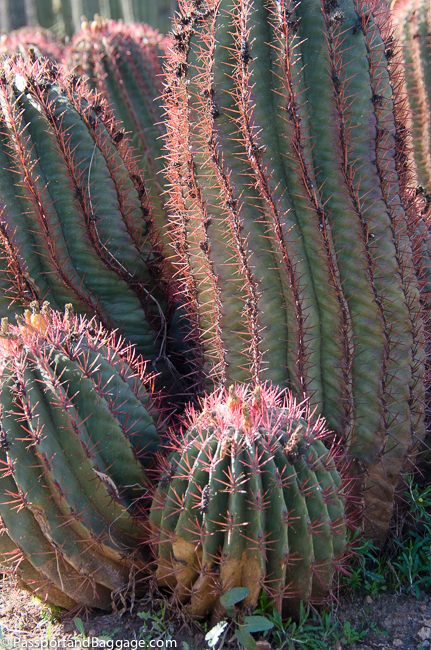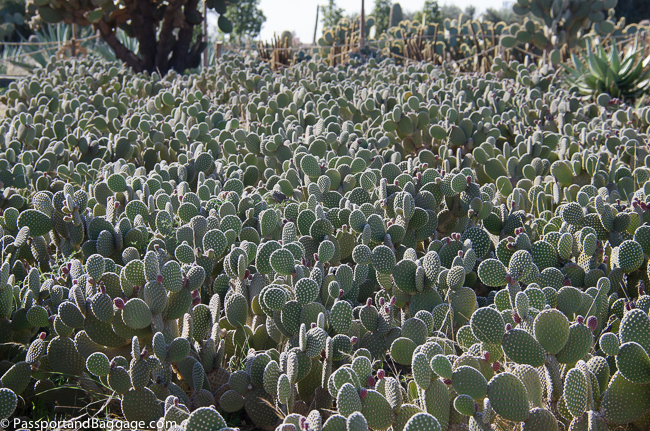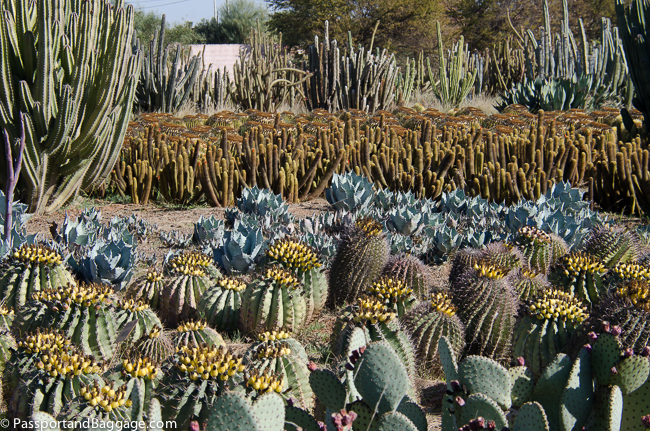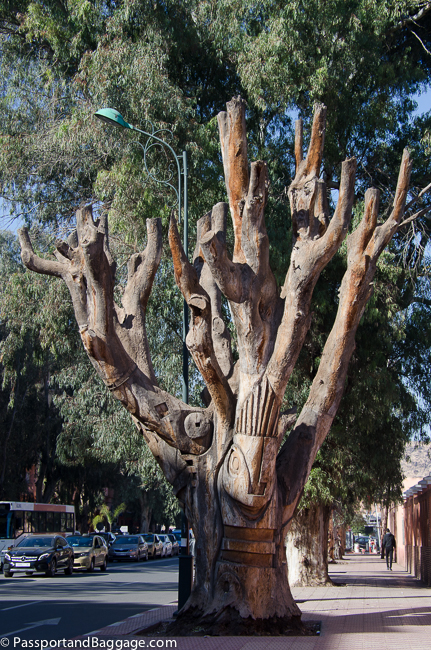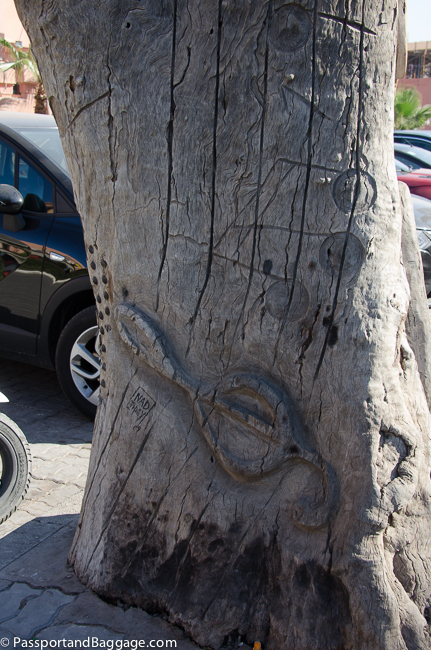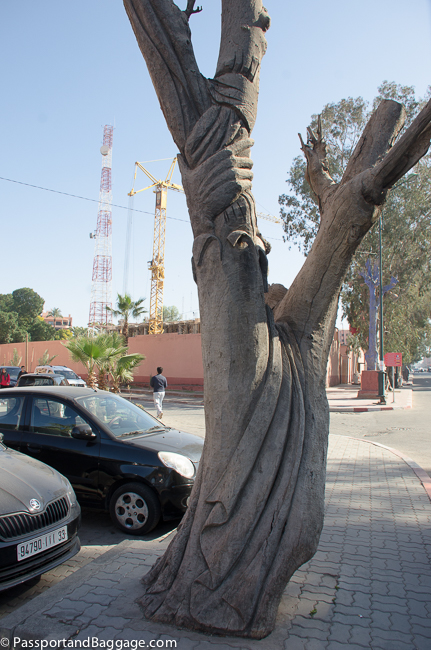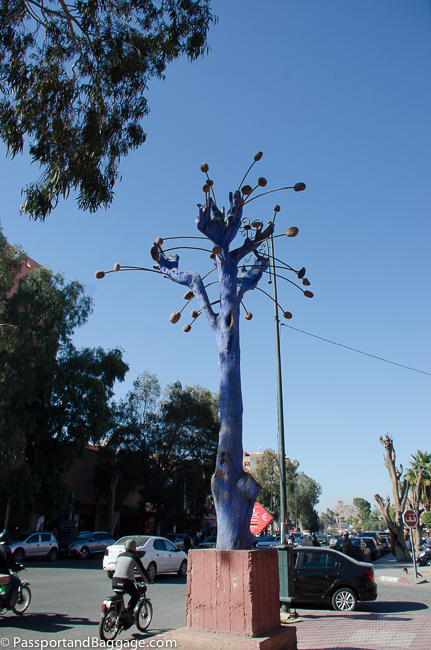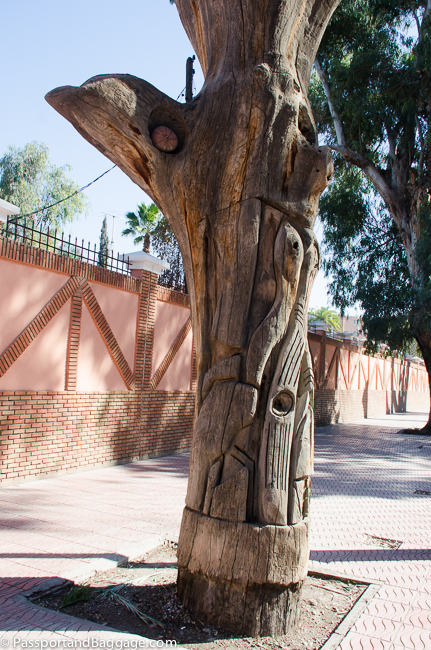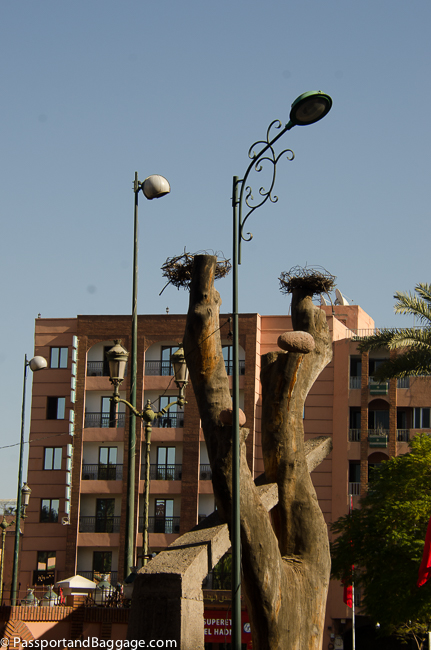January 2, 2020
Palmeraie
If you drive into Marrakech, you will most likely pass Palmeraie (palm grove). It is a palm oasis of several hundred thousand trees situated at the edge of the city’s northern section, it is 5 miles long and easy to spot.
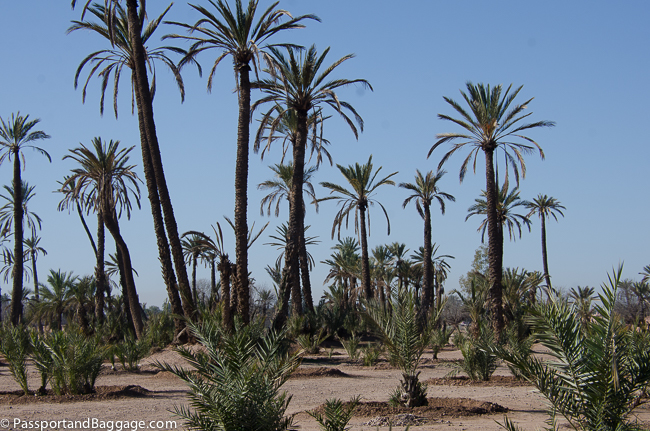 Palmeraie was created during the Almoravid period, using a khettara network. Khettara is a network of underground channels and ditches that bring water down from the High Atlas mountains. There is a very good exhibit about how the system works at the Water Civilization Museum in the Palmeraie area.
Palmeraie was created during the Almoravid period, using a khettara network. Khettara is a network of underground channels and ditches that bring water down from the High Atlas mountains. There is a very good exhibit about how the system works at the Water Civilization Museum in the Palmeraie area.
The 1000-year-old tale of this area refers to this garden of palm trees as “the ardent children of the African earth and sun” It is said that while searching for land to establish the Almoravid dynasty, Sultan Yussef Ben Tachefine, and his men camped at the plain of Haouz. His soldiers, after consuming palm-dates had thrown the date seeds around and some of them had dropped into holes created by their lances and these sprouted into trees. Many centuries later the same plain had become an oasis of 50,000 trees.
In the town planning norms of the 1920s, buildings were not allowed to be built higher than the palm trees. Sadly, in recent years urbanization has really invaded the area, leaving it to appear as though it is just a long stand of palm trees with camel rides being offered every 100 feet.
The pace of destruction of the Palmeraie is staggering. In 1929, The French measured the palm grove at about 40,000 acres – an area nearly 50 times that of New York’s Central Park. By 1998, it had declined to nearly 30,000 acres. Since then, the grove has shrunk by nearly half, to an estimated 16,000 to 19,000 acres.

There are so many people offering tourists camel rides that they actually come out in the morning and chalk parking spaces.
Drought and heavy pumping for agriculture and golf courses around the grove have drastically lowered water reserves. Ten years ago the water table was just 30 feet underground – is now at some 65 yards, beyond the reach of the trees’ roots and anything but the deepest of wells. I saw many of the trees being watered with water trucks.
Simultaneously, Marrakech has become a top tourism destination. Even small plots in the palm grove now fetch as much as $1.5 million, creating pressure to sell developers.
Cactus Theimann
This was one of the hardest places to find. I had hired a driver who put it in his GPS and we ended up, three times, at a hotel. He refused to ask directions. I finally spotted it way off in the distance and a long dusty pothole-filled road got us there.
Cactus Thiemann is said to be North Africa’s largest cacti farm.
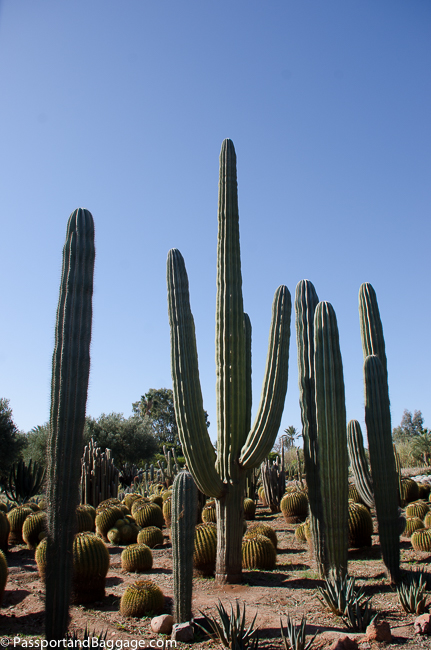
The largest cactus (in the center of the photo) is 80 years old and was brought to Morocco by Thiemann, overland from Europe in an improvised military vehicle.
Started by Hans Thiemann, an agricultural engineer and cacti lover who grew tired of growing in Germany’s greenhouse conditions. His farm now operates as a garden and research facility and has provided expertly grown cacti to the botanical beds of famous gardens throughout Marrakesh, including Jardin Majorelle.
Thiemann died in 2001, and the nursery is now managed by his widow Fatima and two daughters Magda and Roselinde, who are just delightful. I simply arrived, and while they told me there would be no guide to take me around, I could walk the grounds on my own for a mere $15. It was worth it.
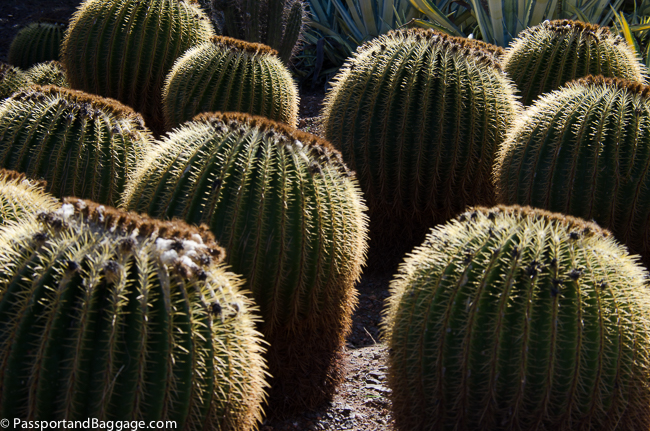
You are also given a map that has photos of each type of cactus and where they are growing to aid you in your wandering and education.
Carved Dead Trees
These are actually in the New Town area of Marrakech. At the roundabout of Avenue Mohammed V and The Route de Targa – take the Route de Targa.
These are often attributed solely to Moulayhafid Taqouraite. After some digging, I found that there were several artists involved, including Abdelhaq Elyoussi. It was a project sponsored by B’ARTS in 2009. Apparently they brought people from all over the world to work on it. These were dead trees and the intention was to give them new life on this very busy street.
This was the end of my time in Marrakech. It was a very crowded week as it was the holidays, and had I planned better I would not have gone during this time due to the extreme overcrowding. However, I found respite in the divine Riad I stayed at and should you find yourself in need of accommodations in Marrakech and Mamounia is out of your price range, consider Riad Dar Kasal. It is run by husband and wife team Franck and Mikiyo and a staff that are just so kind and helpful.
